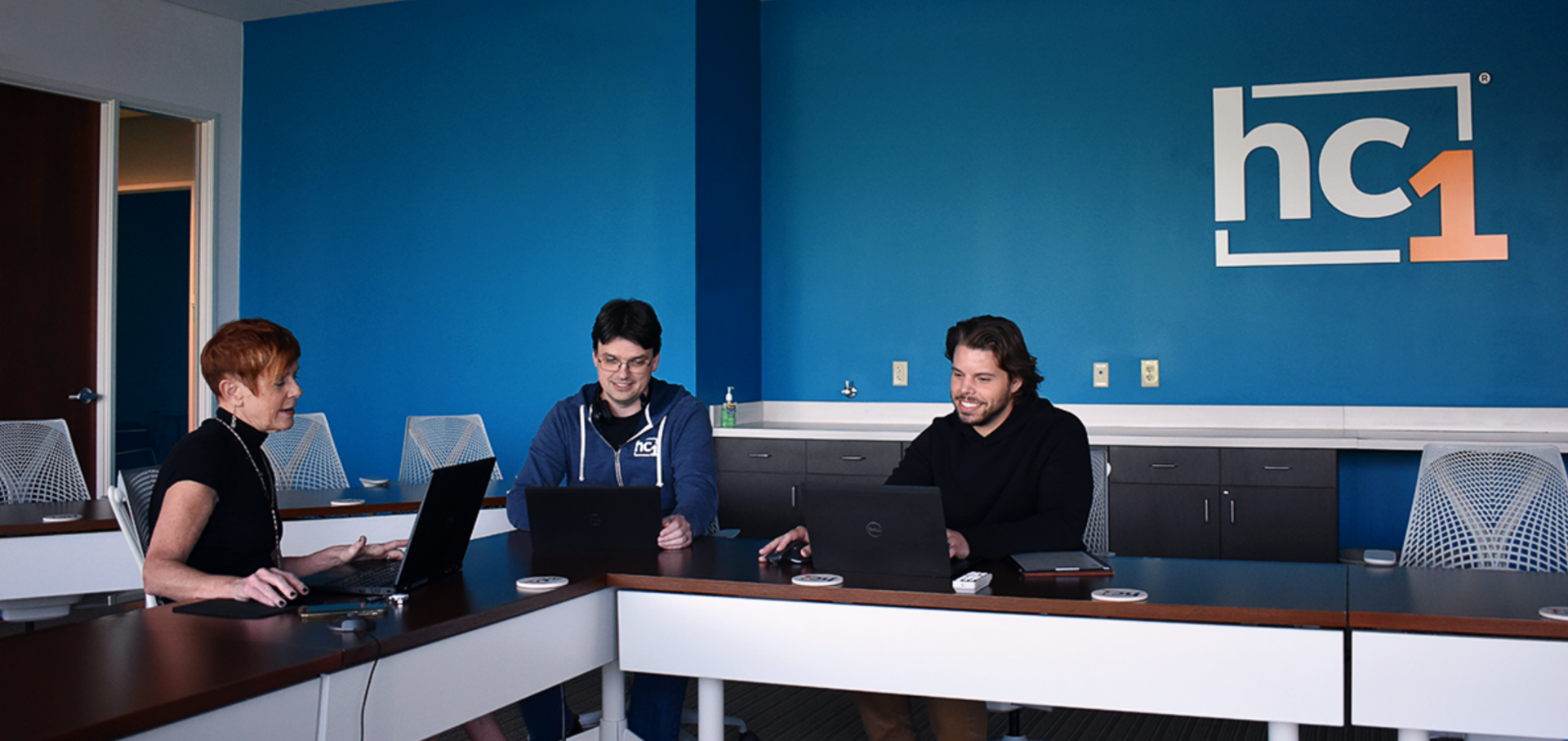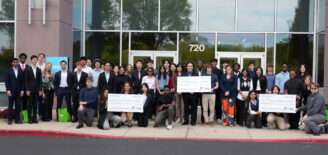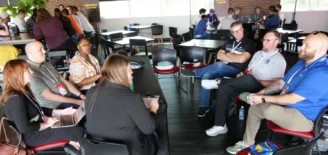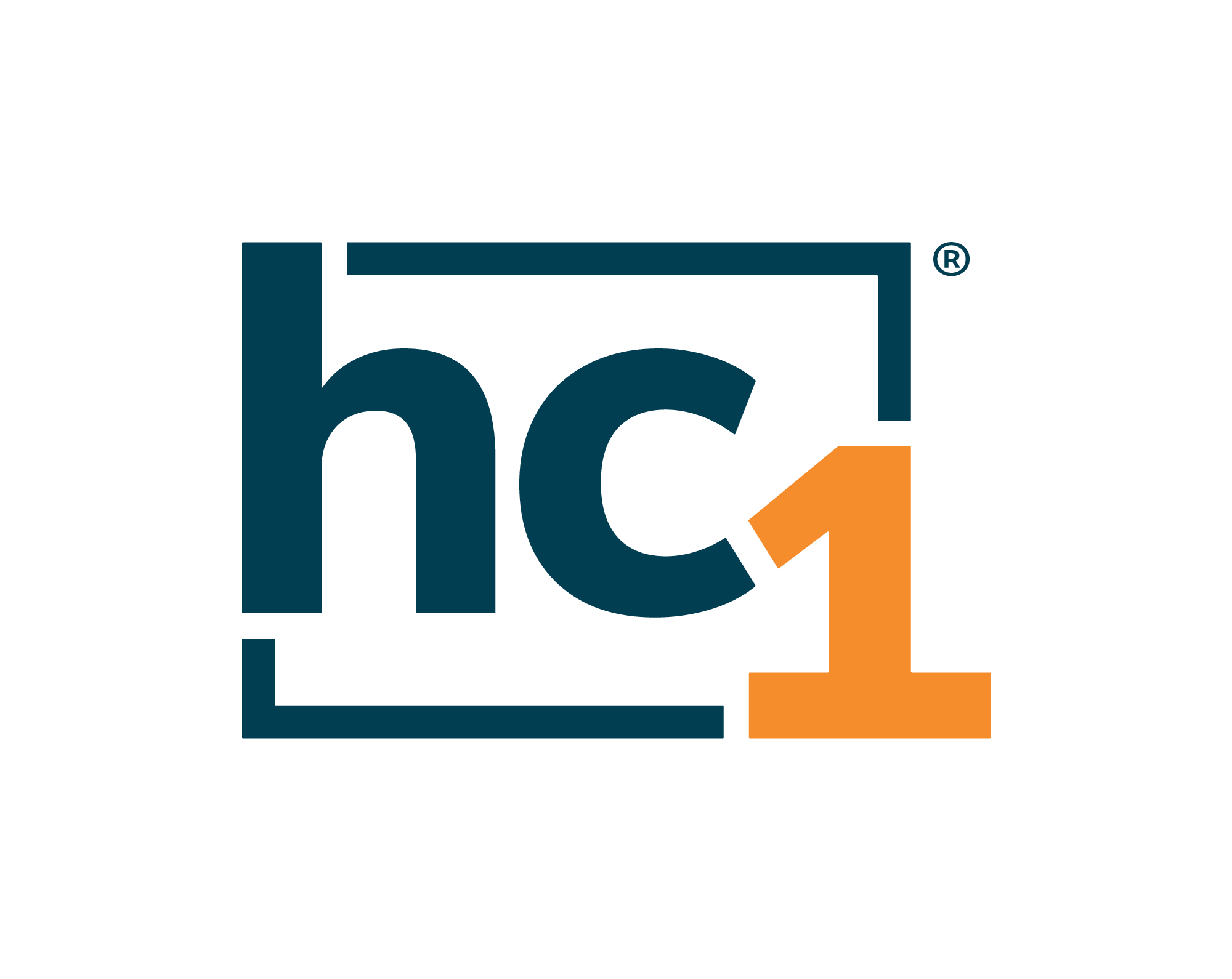One-Size Does Not Fit All in the Multigenerational Workforce
As technology continues to advance at a rapid pace, the need for tech-savvy experts is increasing as well. According to the Bureau of Labor Statistics, the median age for the Computer Systems Design and Related Services industry is 40.7 years old, which ranks younger than the median age for the U.S. workforce at 42.2 years old.
Nearly half of tech workers consist of those from the Millennial generation, which is defined as those born between 1981 and 1996. It’s notable to report that we’ve seen a difference between what younger generations value in a position compared to those in Generation X (those born 1965-1980) or Baby Boomers (those born 1946-1964). As technology leaders, it’s critical to find ways to engage employees of all ages in order to retain top talent. The workforce is no longer tolerating a company or culture that does not authentically engage and support its people. Here are a few ways to personalize the employee experience and ensure employees of every generation feel like they are making a difference:
Entry-level Exploration
We see many young professionals entering the technology industry who seek a sense of purpose and the opportunity to grow their skills quickly. In a new career, Generation Z (those born 1997-present) and Millennials strive to pursue their passions, expand their skills, make new connections, and achieve financial stability. If those needs aren’t being met, many choose to leave their position or consider a new career path completely.
Helping them form connections with managers and co-workers quickly and grow their skillset is imperative. Find ways for them to connect not only with each other, but also with multigenerational colleagues with varying levels of expertise. Providing opportunities for them to share ideas, asking questions and gaining a deeper understanding of their colleagues’ backgrounds and experiences will help open their minds to new perspectives and ways of thinking.
Mid-level Growth
Positions in the tech field are always in high demand and since the start of the COVID-19 pandemic, many companies have offered their employees the flexibility to work remotely. Even with more companies allowing a work-from-home model, we’ve seen an increasing number of tech professionals change companies to find a healthier work-life balance. To prevent top talent from moving on, leaders need to regularly evaluate what they offer their employees in terms of pay, benefits and opportunities for advancement to make sure they are in line with others in the industry.
Those in the middle years of their career place a high priority on using their time effectively. Focus on the value placed on an employee’s time, flexibility and autonomy.
They are still eager to continue their education and further develop their competencies, so leaders should enable them to do so. While many are not tech natives, they have witnessed the evolution of technology; create access and opportunities for them to learn from others.
Executive Adaption
A large proportion of candidates in executive-level jobs are Generation X or Baby Boomers. While aiming for success in their roles, these leaders are security-oriented, requiring a company that provides financial stability for the present, as well as in retirement years.
Age and generation certainly play a role in a person’s approach toward their job and career; however, an individual’s unique life experiences and personality contribute as well. While there are differences across the generations, a majority of team members each share the following values: having a sense of purpose, believing they are making an impact and feeling respected. Consider the generational differences within your organization and adapt accordingly to accommodate the needs of individuals in various stages of their career journey. This will ultimately lead to a happier and more collaborative workplace culture, but also give your organization a competitive edge when it comes to hiring and keeping top talent.




